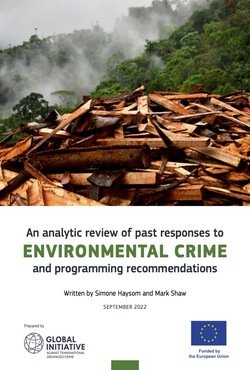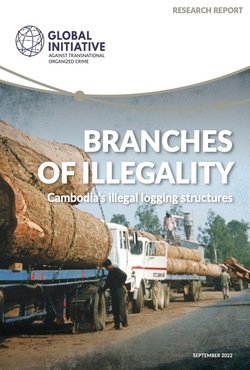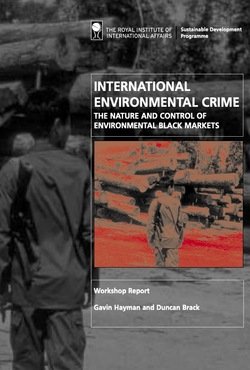By Wildlife Justice Commission
The report aims to bring to light key aspects of the criminal dynamics of ivory and rhino horn trafficking in Vietnam and the efforts of Vietnamese law enforcement authorities in bringing Ah Nam to justice. The Wildlife Justice Commission initiated an investigation in 2016 to delve into the illegal ivory and rhino horn trade in Vietnam and gain a deeper insight into the Africa-Asia supply chain. By January 2017, Ah Nam had become the main focus of the investigation due to his growing role. By 2019 he had asserted his position as one of Vietnam’s top wildlife criminals, acting as lead broker for a sophisticated criminal network responsible for trafficking vast quantities of elephant ivory and rhino horn from Africa to China via Vietnam. The Wildlife Justice Commission’s investigations into Ah Nam and his network resulted in the collection of a wealth of intelligence and evidence. This information on Ah Nam and his key associate Duong Van Phong was compiled in a detailed Case File and provided to the Vietnam Environmental Crime Police and the Anti-Smuggling Bureau of China Customs in December 2017. The two men were partners in crime for the entire period of the investigation and were eventually arrested and convicted together. Over the course of the three-year investigation, the Wildlife Justice Commission documented Ah Nam’s access to a minimum of 17.6 tonnes of raw ivory (valued at more than USD 9 million), and 477 kg of rhino horn (valued at more than USD 8 million). This quantity of product is estimated to equate to the killing of approximately 1,760 elephants and more than 106 rhinos, and still represents only a fraction of what Ah Nam’s network is likely to have trafficked. The Wildlife Justice Commission’s efforts directly contributed to the arrest of 12 other individuals in Vietnam – 10 of whom were imprisoned and two were released without charges – and the seizure of 1,428 kg of ivory and 18 rhino horns. Ah Nam’s conviction and heavy penalty also send an important message: the risk-reward ratio for wildlife crime is changing in Vietnam. Analysis of published court judgements in China shows that additional cases linked to Ah Nam have continued to be prosecuted and convicted, while the Wildlife Justice Commission’s investigations have found many Vietnamese traders are no longer operating due to the increased fear of arrest and difficulties in smuggling products across the border into China.
The Hague: Wildlife Justice Commission, 2022,. 59p.





















